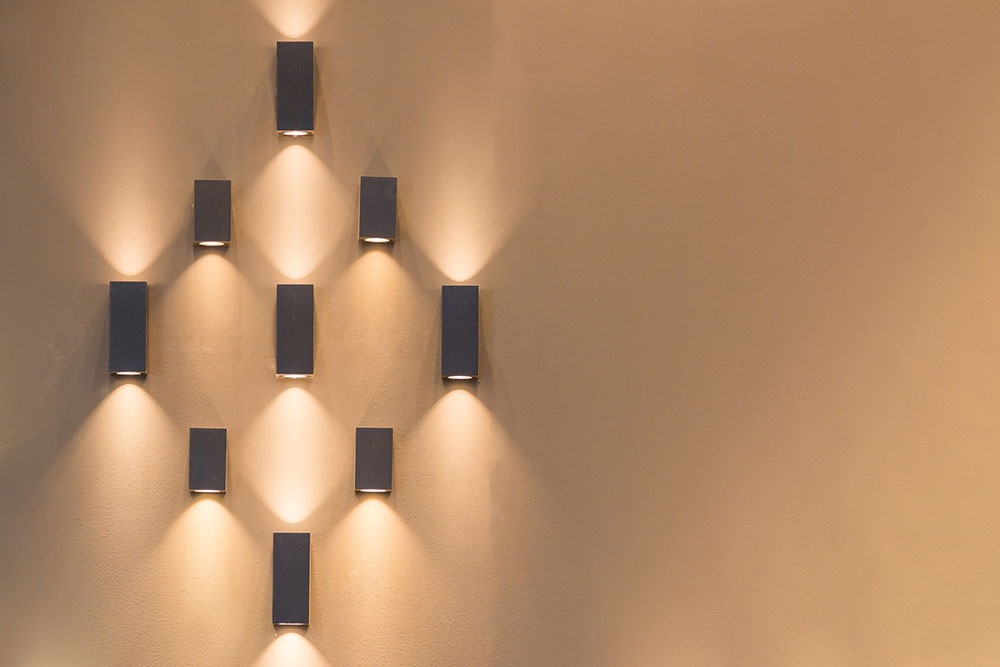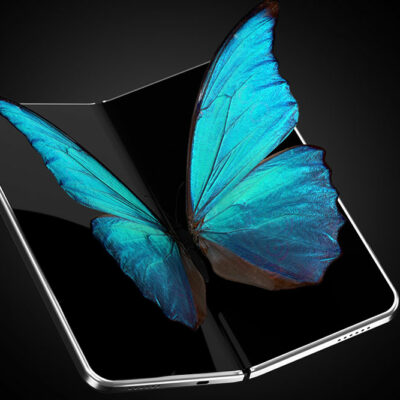
Key factors to know before choosing LED light fixtures
LED lights or light-emitting diodes are great energy savers and can last a long time if used correctly. They are used in residential and commercial buildings due to their several benefits, such as high energy savings and bright illumination. However, selecting the right LED light fixtures requires consideration of several factors, as even minor details make a huge difference in the experience. Let’s take a look at these factors in more detail.
Types of LED light fixtures
Some popular fixture types define a unique purpose for the light.
– LED area lights
These fixtures provide wide and uniform illumination, especially for large outdoor spaces, including parks, stadiums, streets, or even parking lots. Different mount types, such as yoke mounts and pole mounts, are to be considered for these fixtures.
– Ceiling lights
These fixtures work best in homes to provide ambient lighting in living rooms, bedrooms, and other indoor spaces.
– Wall lights
These fixtures help provide directional and focused lighting for the walls and other vertical surfaces. Because of how these lights are mounted, they also provide an aesthetic contrast and shadows on the surface, reflecting textures and enhancing appearances.
Other types of fixtures include flood lights, panel lights, high-bay lights, stadium lights, and more.
Features and accessories
There are different features and accessories that help maximize the usage of these LED lighting fixtures. These include:
– Motion sensors
These sensors can detect the movement of objects and people in the vicinity and turn the light on or off accordingly. This is a great energy-saving option, as the lighting is only used when someone is present in the room.
– Photocells
These are devices used with LED lighting fixtures that help recognize the ambient lighting in the room. Depending on the light in the room, the LED light automatically switches on or off and can also dim according to the preset level.
– Multicolored light options
The LED lights now offer tunable colors, allowing users to adjust the ambient lighting according to their preferences. It can be changed with just a simple click to fit any occasion or mood.
– Watts
When selecting an LED light, one of the first things to consider is the number of wattage required. This refers to the amount of energy the light consumes. Unlike fluorescent bulbs, LED lights are highly efficient and produce much more light with less power. To put it in perspective, an LED bulb that uses only 8 watts can produce the same amount of light as a 60-watt incandescent bulb. This clearly highlights the vast difference in the amount of energy consumed between the two types of bulbs.
Certifications
All products undergo a certification or accreditation process that helps one recognize and distinguish legitimate products from others. These approvals certify that the product is safe to use, performs as per industry standards, maintains high quality, and complies with other regulations necessary for manufacturing and production. They serve as a stamp of approval for the product’s legitimacy and safety.
Warranty
While buying any product, it is important to make sure that it comes with a warranty for a certain period of time. This will ensure that if by any chance you happen to receive a faulty product or if it requires repairs for any reason, you won’t have to pay for those extra expenses. The manufacturer will take full responsibility for any issues and either replace the product or repair it.
Understanding the difference
It is also important to know the difference between LED lights, incandescent, and compact fluorescent lights or CFLs before making a purchasing decision.
- LED
The LED lights emit light in a specific direction, making them highly directional sources of light. Meanwhile, other types of lights are known to emit light and heat in all directions. Because of this property, LEDs are more energy efficient in their energy usage, but their engineering is a little more complex since the light still needs to be directed in all directions. If you see a white LED, it’s because all the different common LED colors, such as amber, green, red, and blue, are combined to create white. These colored lights are often used as indicator lights, like in the power button of a machine. - CFL
When comparing CFL lights to other light types, it’s important to understand the mechanics. Essentially, an electric current flows through two different electrodes located at either end of a tube containing gasses. This creates a reaction that produces both ultraviolet light and heat. The UV light is then converted into visible light that everyone sees. Finally, the UV light hits a phosphorus coating inside the bulb, which illuminates it. - Incandescent
These lights operate on a simple principle of using electricity to heat a metal filament until it starts to become white hot. In this type of light, most of the energy is released as heat.
Nowadays, many brands produce a range of lighting options. However, in order to make an informed decision, it is crucial to have a detailed knowledge and understanding of the products. This will help you understand the differences and features that make LED light fixtures an excellent choice for your home.


